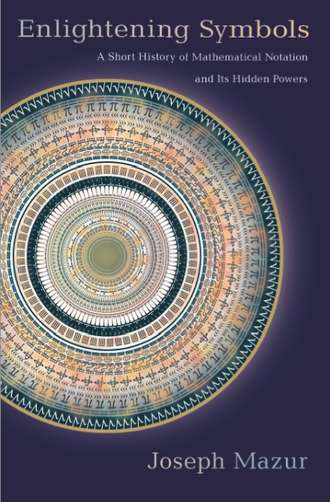
By Joseph Mazur
The author of Enlightening Symbols: A Short History of Mathematical Notation and its Hidden Powers
A few years ago friends and I were talking about the origins of written music. When the conversation turned to the origins of math symbols, I was surprised to learn that few people knew that almost all maths was written rhetorically before the 16th century, often in metered poetry. Most people think symbols for addition, subtraction or equality had been around long before Euclid wrote his Elements in the first century BCE. No! The original Elements is rhetorical. There are no symbols in Euclid’s works, aside from the letters marking the ends of lines and corners of geometric objects. There are no symbols in any early Arab algebra books. Nor do we find any in early European printed algebra books.
Even our wonderful symbol for equality – you know, those two parallel lines – was not used in print before 1575, when the Welsh mathematician and physician Robert Recorde wrote an algebra book that he called the Whetstone of Witte. (We can only guess that the title is a pun on sharpening mathematical wit.) In it he wrote “is equal to” almost two hundred times for the first two hundred pages before finally declaring that he could easily “avoid the tedious repetition” of those three words by designing the symbol “=====” to represent them.
Continue Reading:
http://www.theguardian.com/science/alexs-adventures-in-numberland/2014/may/21/notation-history-mathematical-symbols-joseph-mazur